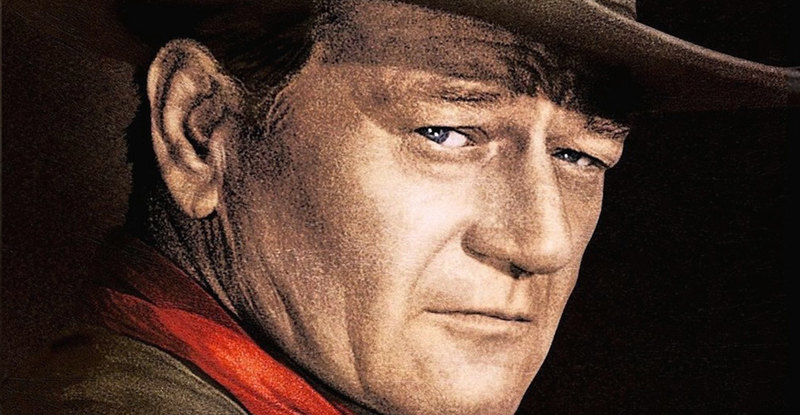Mark Tonderai’s horror “House at the End of the Street” was a bit of a diamond in the rough for Relativity Media. Shot in Ottawa, Ontario in April of 2010 on a $10 million budget, the biggest name in the film at the time of shooting was journeywoman Elisabeth Shue (“Leaving Las Vegas”). For a run of the mill horror flick, $10 million at the box office isn’t too hard to achieve and “House at the End of the Street” should have been able to, at the very least, make its money back when all was said and done. Little did anyone know that they had a burgeoning superstar right under their noses. Playing Shue’s daughter in the film was Oscar nominated but little known young actress Jennifer Lawrence. Lawrence had yet to sign on for and shoot last spring’s mega blockbuster “The Hunger Games” ($408 million domestically) at the time of filming. This led to Relativity delaying the planned February 2012 release of the film until the following September in order to fully capitalize on the fame and attention Lawrence was bound to garner from “The Hunger Games.” The move paid off as “House at the End of the Street” opened at #1 at the box office and grossed $31 million domestically. Lawrence is exactly the kind of star Hollywood wants. Young, attractive, versatile, and most importantly, can boost ticket sales just by having her name on the marquee.
Lawrence stars as Elissa, who along with her now single mother, moves into a huge house with cheap rent because, just four years earlier, there was a gruesome double murder at the house next door. Elissa meets a couple of the neighbourhood guys, and takes a particular liking to Ryan (Max Thieriot, “Chloe”), the lone survivor of the murders at the house at the end of the street. What follows is a mishmash of romance, family drama, and suspense with a few twists towards the end.
The biggest problem with “The House at the End of the Street” is that it is a film with an identity crisis. In the making of featurette included as a special feature on the Blu-ray disc, a member of the crew said that this film was a horror movie for a younger audience. Having seen the film, I can attest to the fact there does seem to be an attempt at “Twilight” fan appeal. Shue’s character pretty much sums this up in a conversation with Elissa. She tells Elissa that she wants to be with Ryan because he’s guy that needs to “fixed.” That’s the “Twilight” appeal in a nutshell.
While there is nothing wrong with targeting a horror film for that audience, if you’re going to do it, go all the way with it. The film may have an initial appeal to a lot of people, but it will ultimately please very few of them. It is just too “horror” for “Twilight” fans and too “Twilight” for horror fans.
“The House at the End of the Street” is Tonderai’s first wide release as a director. The film is paced well and never really drags over the 101 minute running time. The climax of the film, which takes place in and around the titular house is suspenseful and well done. Tonderai certainly has the genre down, it’s just the storytelling that is a little lacking. There is a twist towards the very end of the film that makes just enough sense where you don’t just throw your hands up and groan, but the more you think about it the less sense it makes and the less satisfying the movie is.
A much younger looking Jennifer Lawrence than we’ve become accustomed to seeing in 2012 is acceptable as a horror lead, but she’s no Jamie Lee Curtis. There’s something about her demeanor that’s actually too tough and she never seems as vulnerable as the character needs to be to keep suspense high throughout the movie.
Video:
The film was reportedly shot on 2-perf Techniscope film stock in order to keep the budget down and also to create a grainy, more horror appropriate image quality. The grain is definitely apparent in the Blu-ray transfer. There is a lot of very dark scenes, but it’s never too dark, you can always see everything, and the grain never takes over or distracts from what is going on.
Audio:
The DTS-HD audio track on the Blu-ray is excellent. The dynamic range is not huge which makes for a consistent viewing experience and won’t have you reaching for the remote every time you go from a loud action scene to a quieter talking scene. The low end audio is nice and deep, you feel its presence but it’s not alarming.
Special Features:
The Blu-ray + DVD + Digital Copy combo pack used for review is low on special features aside from the aforementioned ten minute featurette where the cast and crew talk about how much fun they had making the movie and how talented each other are. There is also an unrated version of the film and a theatrical trailer.
Bottom Line:
“The House at the End of the Street” is a good enough horror flick for fans the genre or fans of Jennifer Lawrence. It will ultimately go down as a footnote on her career, but “Hunger Games” super fans may feel obligated to check it out, in which case they should be satisfied just to see Katniss run from murderers. For anyone else looking for a high quality horror flick, you may want to look elsewhere as this old house is a bit of a fixer-upper.


